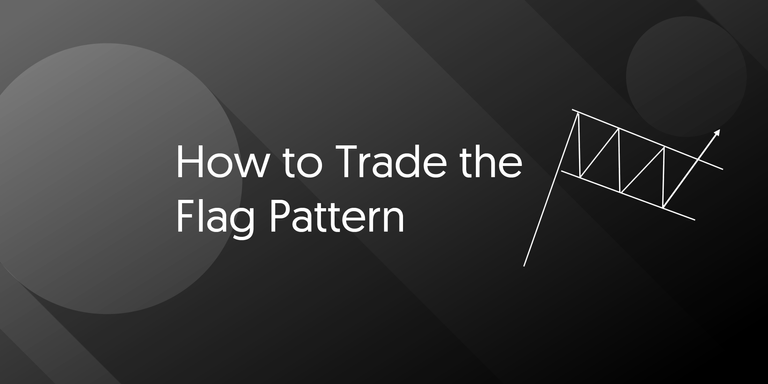
The flag pattern is considered to be one of the most popular chart patterns, mainly due to its simplicity and reliability. It is called a flag pattern as it resembles a flag on a flagpole. Depending on the overall trend and shape, a flag pattern can either be bullish or bearish depending. Both are considered as continuation patterns.
In this blog post, we break down the structure of the flag pattern and learn how they can help improve your trade process.
Structure
Both the bullish and bearish flag patterns consist of two main elements: a flag pole and a flag. The flag pole represents an initial trading impulse, while the flag reflects the consolidation of the recent gains. During the creation of the flag, the price consolidates within a channel, which resembles a flag.
The consolidation phase is always angled contrary to the trend impulse creating the pole, so it represents a healthy correction after a strong impulsive move. It is important to note that the retracement (the flag) shouldn’t go beyond 50%, or 61.8% maximum, of the flagpole.
